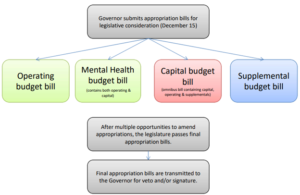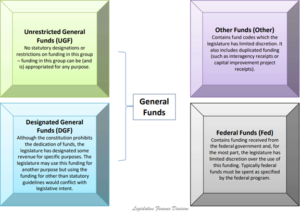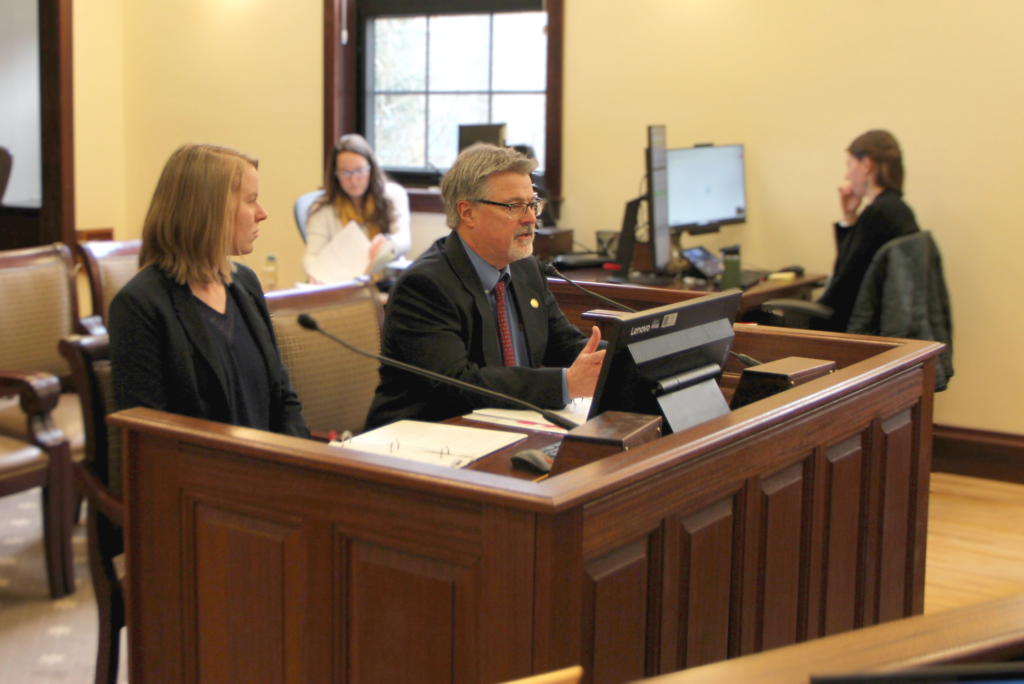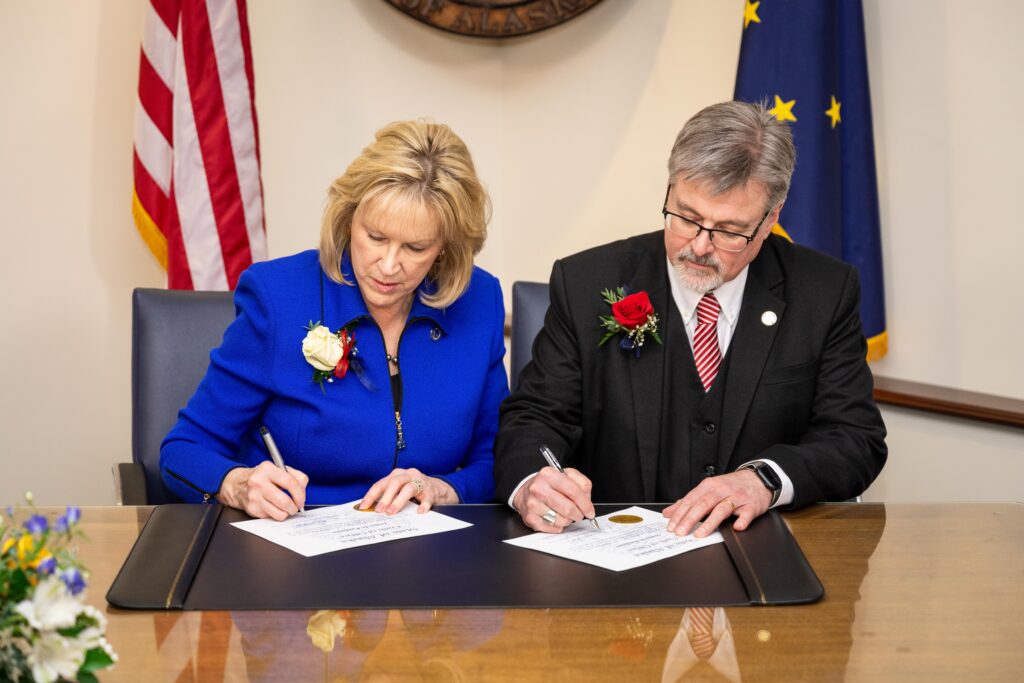In other posts, I’ve discussed the steps in the passage of a bill and mentioned a few of the finance subcommittees of which I was a member. In this post, I wanted to give a high-level overview of the budget process in the legislature. While the budget is still passed through “appropriation bills”, the process is more intensive. At a very high level, the four bills that are used as the vehicles for the legislature to officially appropriate money are shown below. The text mostly focuses on the Operating Budget Bill since that is what we in the legislature are spending most of our time on to date.
If you’d like more in-depth information about the budgeting process the Legislative Finance Division has a great resource at the following link: https://legfin.akleg.gov/Other/BudgetHandbook20.pdf

The Legislature of the State of Alaska is given the power of appropriation by Article IX, Section 13 of the State Constitution. (A great guide to the Alaska Constitution is linked here: http://w3.legis.state.ak.us/docs/pdf/citizens_guide.pdf)
This sounds good, but what does the “power of appropriation” mean? Appropriations are the building blocks of the budget. An appropriation is a legal authorization to spend funds for a stated purpose. When talking about the state budget, an appropriation is funding directed towards the second level of a budget structure. This is the level at which the Legislature has the power to direct funds. The executive branch can move funding across allocations within the same appropriation. As an example, the Division of Motor Vehicles (DMV) is the second level of a budget (below the Department of Administration). This means that the Legislature can approve a level of funding to the DMV and then the executive branch can direct that funding within the DMV as it sees fit and within the rules dictating how DMV operates
![]()
So now we know what an appropriation is, but how does the Legislature decide how much to appropriate to each division? Alaska uses an incremental budgeting system for the operating budget, meaning each year’s budget is built based on changes to the previous year’s budget. The Legislature is provided reports by the Office of Management and Budget (OMB) as well as Legislative Finance that break down, and provide explanations for, what changes were made to the budget since the last fiscal year. These changes are reviewed in-depth for each department’s operating budget in finance subcommittees. The reviews cover amounts, funding sources, justifications, and more.
Funding Sources

As a sidebar, there are four main groups of funding sources: UGF, DGF, Other, and Federal Funds. There is always an immense focus on UGF since this is often seen as “State Spending”. While I don’t 100% disagree with this, I also believe that the budget as a whole needs to be taken into account when making appropriating decisions. A fixation on UGF can be seen as ‘only half of the picture’.
An example of this is the University of Alaska, who receives tuition and fees (DGF) and these pay for a portion of services. However, it is often publicized that state spending for the university system is less than some other departments (such as the Department of Corrections). When looking at UGF only, this is true although the two are close. However, when considering other fund sources, the budget for the university system is nearly twice that of the Department of Corrections. I just like to ensure that when framing decisions, all information is taken into account.
Subcommittee Closeout to the Floor Vote
After in-depth reviews of the operating budgets, each subcommittee will submit a report accepting, amending, rejecting, or adding budget changes to the main finance committee. The finance committee then takes all recommendations into account and implements either all, none, or some subcommittee recommendations for each department. After all these deliberations, discussions, and changes the Operating Budget will pass the finance committee and go to the floor of the House to be voted on. There are a few more steps in the process and this is slightly simplified, but hopefully, this can serve as an overview of the budgeting process and the role that the legislature plays. If any of this is confusing our office is always just a phone call away to answer any of your questions!





